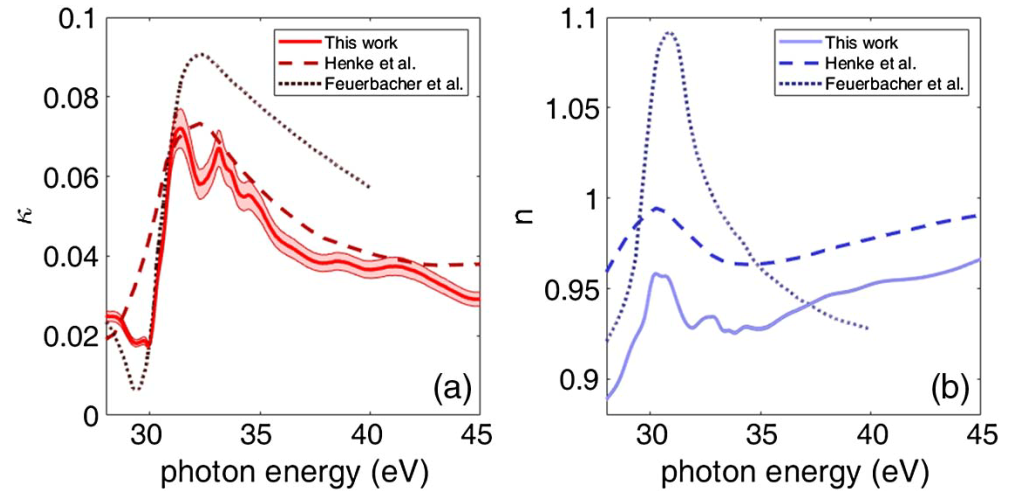
Our paper “Retrieval of the complex-valued refractive index of germanium near the M4,5 absorption edge” has been published in the Journal of the Optical Society of America B. In this work we show that the complex-valued index of refraction of germanium in the extreme ultraviolet (XUV) is measured by multi- angle reflectance of synchrotron radiation. The resulting index of refraction is higher resolution than previously measured values. It reveals new structures attributed to transitions from the 3d-core orbitals to the Σ5c,2 and the X5c,2 conduction bands. Additionally, we show that the problem of total external reflection, which renders multi-angle reflectance measurements insensitive to the complex-valued refractive index at grazing incidence, can be overcome by employing measurements at angles of incidence away from the critical angle.
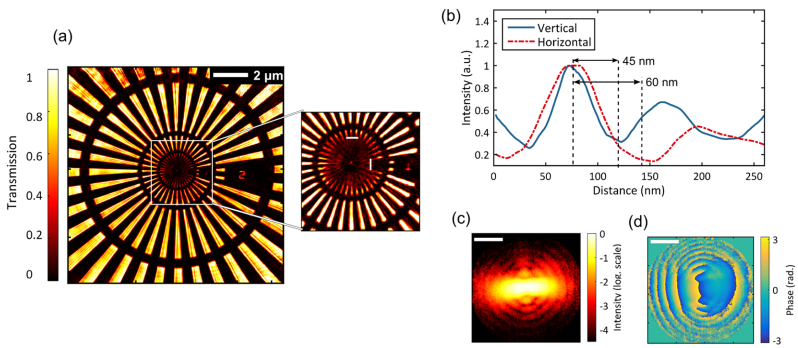
Our paper “Wavelength-scale ptychographic coherent diffractive imaging using a high-order harmonic source”, which was the result of a collaboration between several Jena-based groups collaborating in a Forschergruppe in the State of Thuringia (2015 FGR 0094), has just been published in Scientific Reports. In this work, a full-field imaging resolution of 45 nm, corresponding to 2.5 wavelengths, was achieved using an advanced XUV source at the Institute of Applied Physics at FSU Jena. For better comparison of results in XUV imaging a Rayleigh-type criterion is used as a direct and unambiguous resolution metric for high-resolution table-top setup. This reliably qualifes this imaging system for real-world applications e.g. in biological sciences, material sciences, imaging integrated circuits and semiconductor mask inspection. 
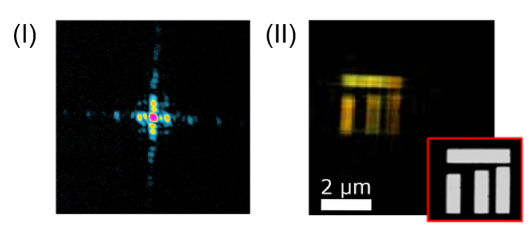
Our perspective “Towards single shot time-resolved microscopy using short wavelength table-top light sources” has been published in Structural Dynamics and was selected as featured publication. In this perspective, we present the current state of the art techniques for full-field imaging in the extreme-ultraviolet- and soft X-ray-regime which are suitable for single exposure applications as they are paramount for studying dynamics in nanoscale systems. We evaluate the performance of
currently available table-top sources, with special emphasis on applications, photon flux, and coherence. Examples for applications of single shot imaging in physics, biology, and industrial applications are discussed.

gas at the Laboratoire d’Optique Appliquee (Paris) [more...]
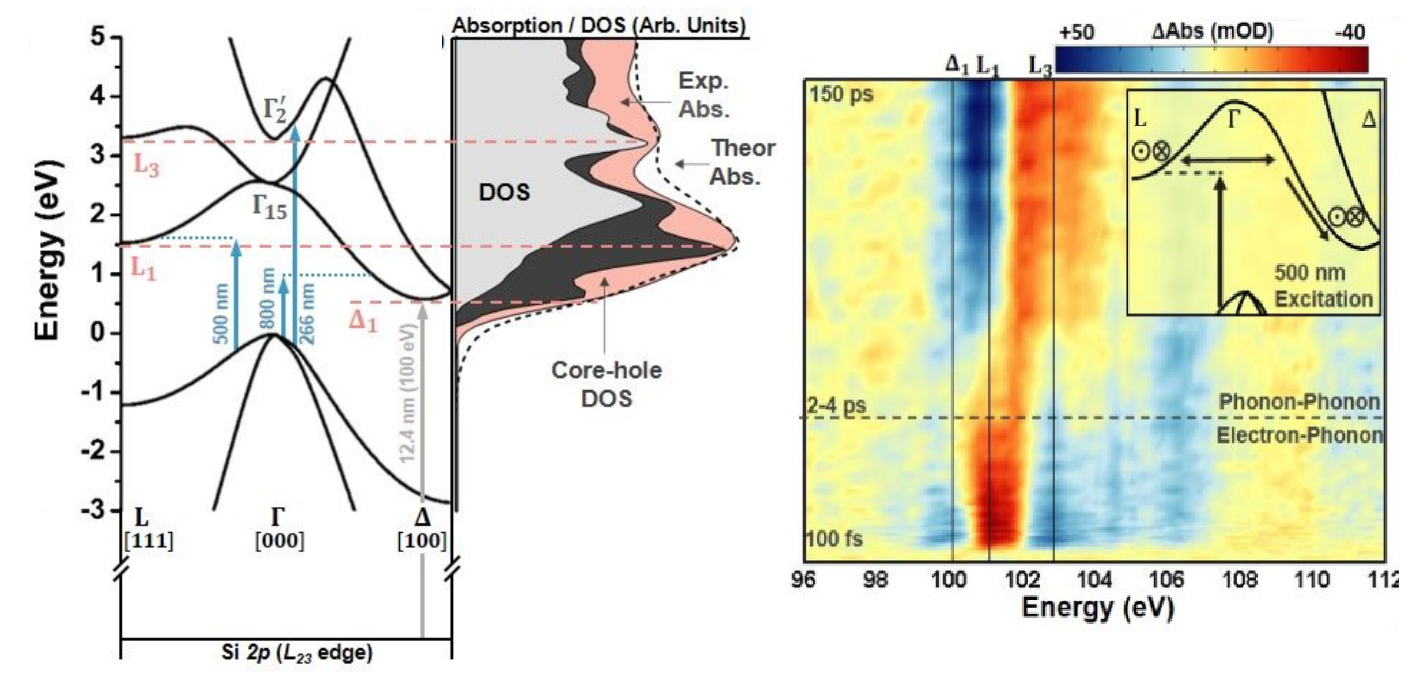
Our paper on “Differentiating Photoexcited Carrier and Phonon Dynamics in the Δ, L, and Γ Valleys of Si(100) with Transient Extreme Ultraviolet Spectroscopy” has just been published by The Journal of Physical Chemistry. In this study, we prepared carrier populations in specific valleys in the band structure of silicon by tuning our narrow-band pump pulses in on the corresponding transition energies. We observe this specific excitation does not readily 1:1 imprint on the dynamics at the absorption edge. Using a BSE-DFT model, we find that besides the carrier population itself, contributions by excited phonon modes cause a perturbation of the core-hole transition probability that additionally modifies the observed transient XUV spectra. 
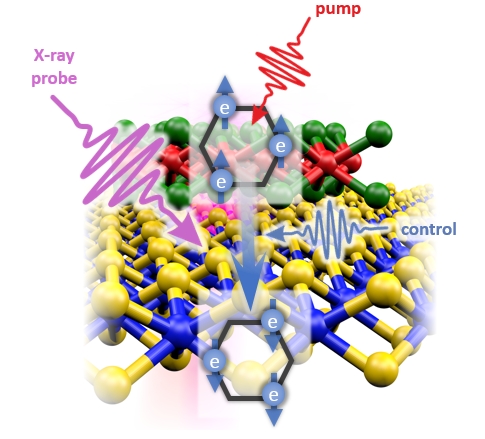
Welcome to our website! The independent Max Planck Research Group “Transient X-ray Spectroscopy & Diffraction” lead by Michael Zürch will kick off March 2019 within the Department of Physical Chemistry at the Fritz Haber Institute of the Max Planck Society in Berlin. Our labs and offices are located in the brand new building G on the FHI campus in Berlin-Dahlem.






